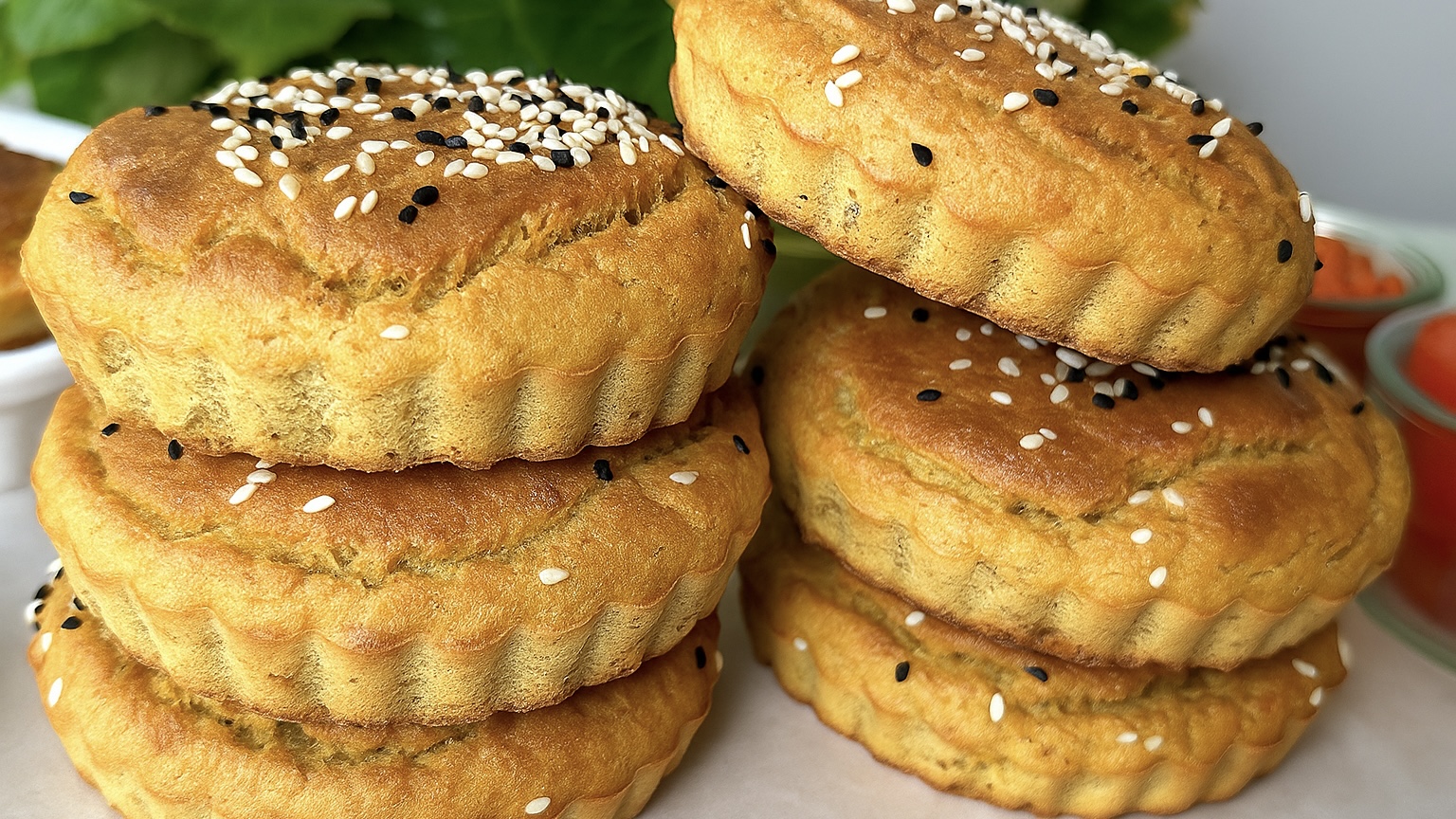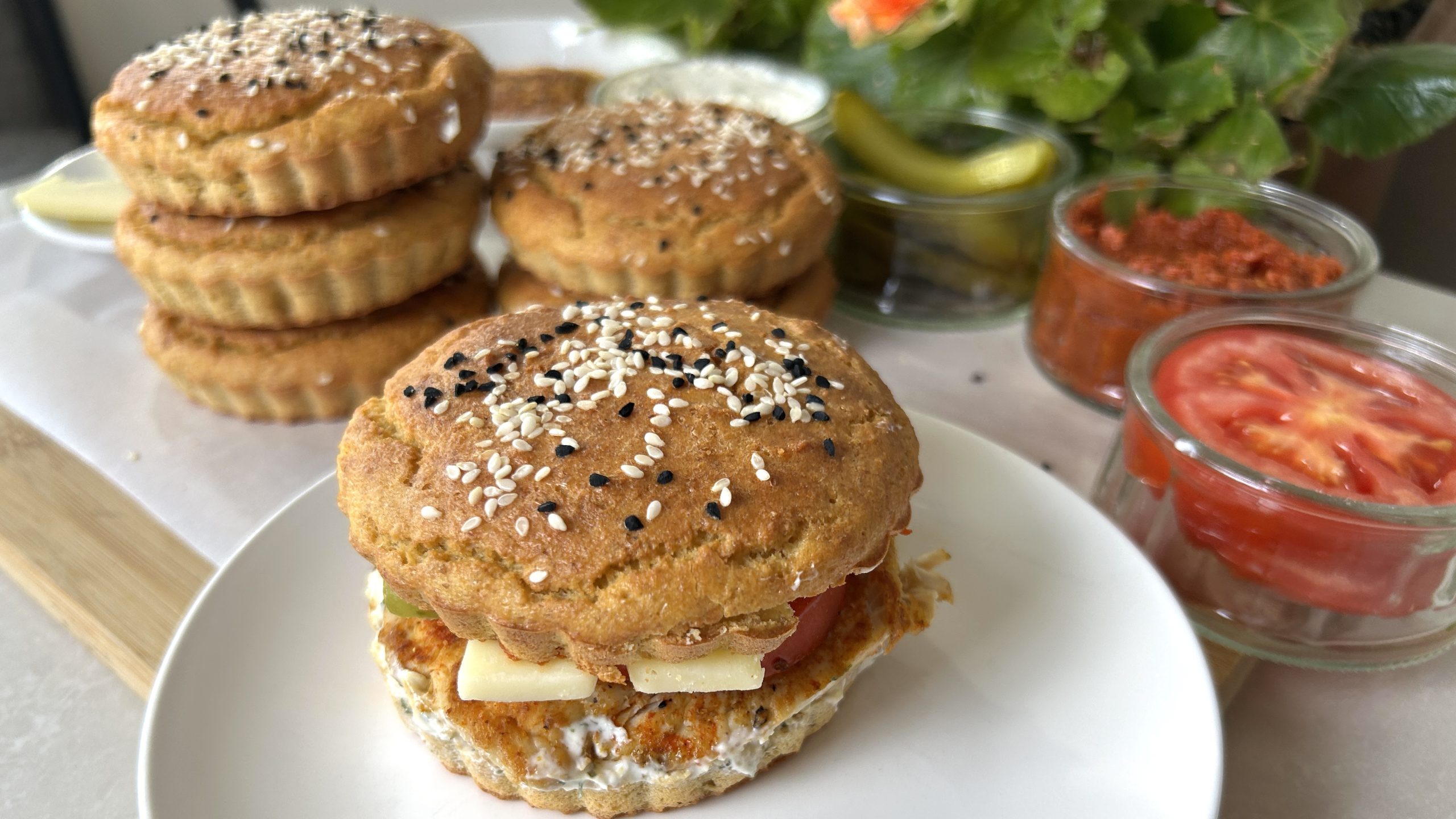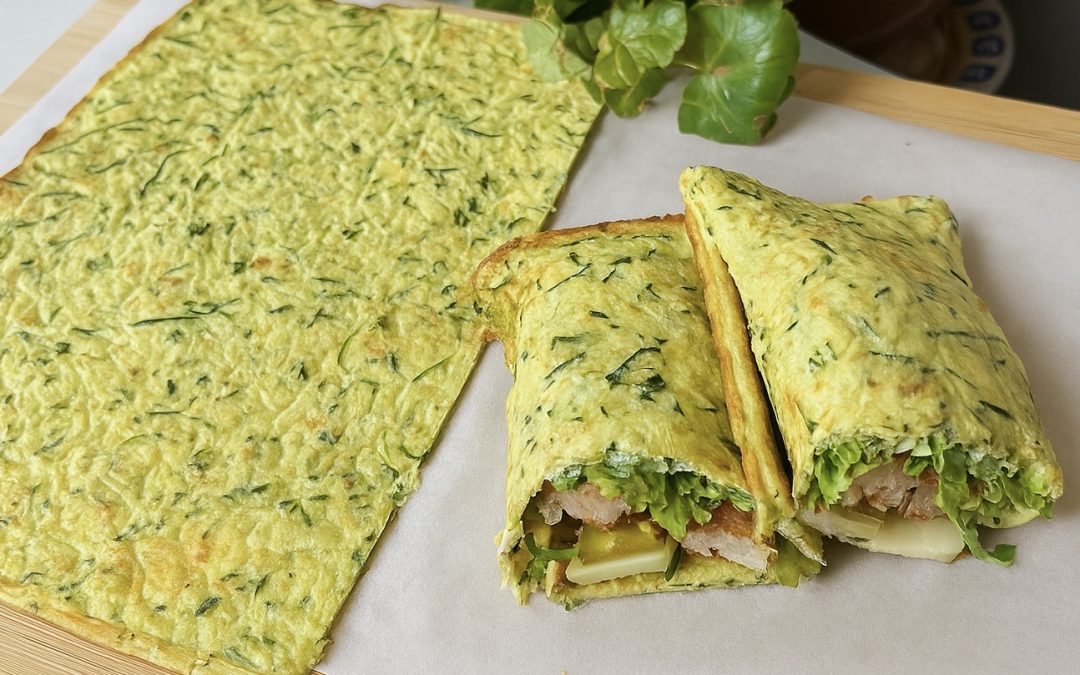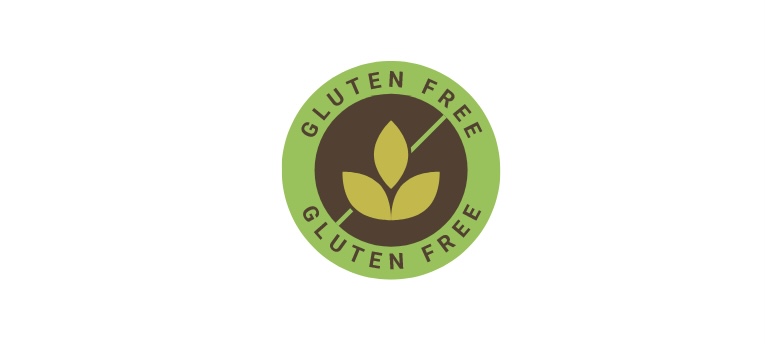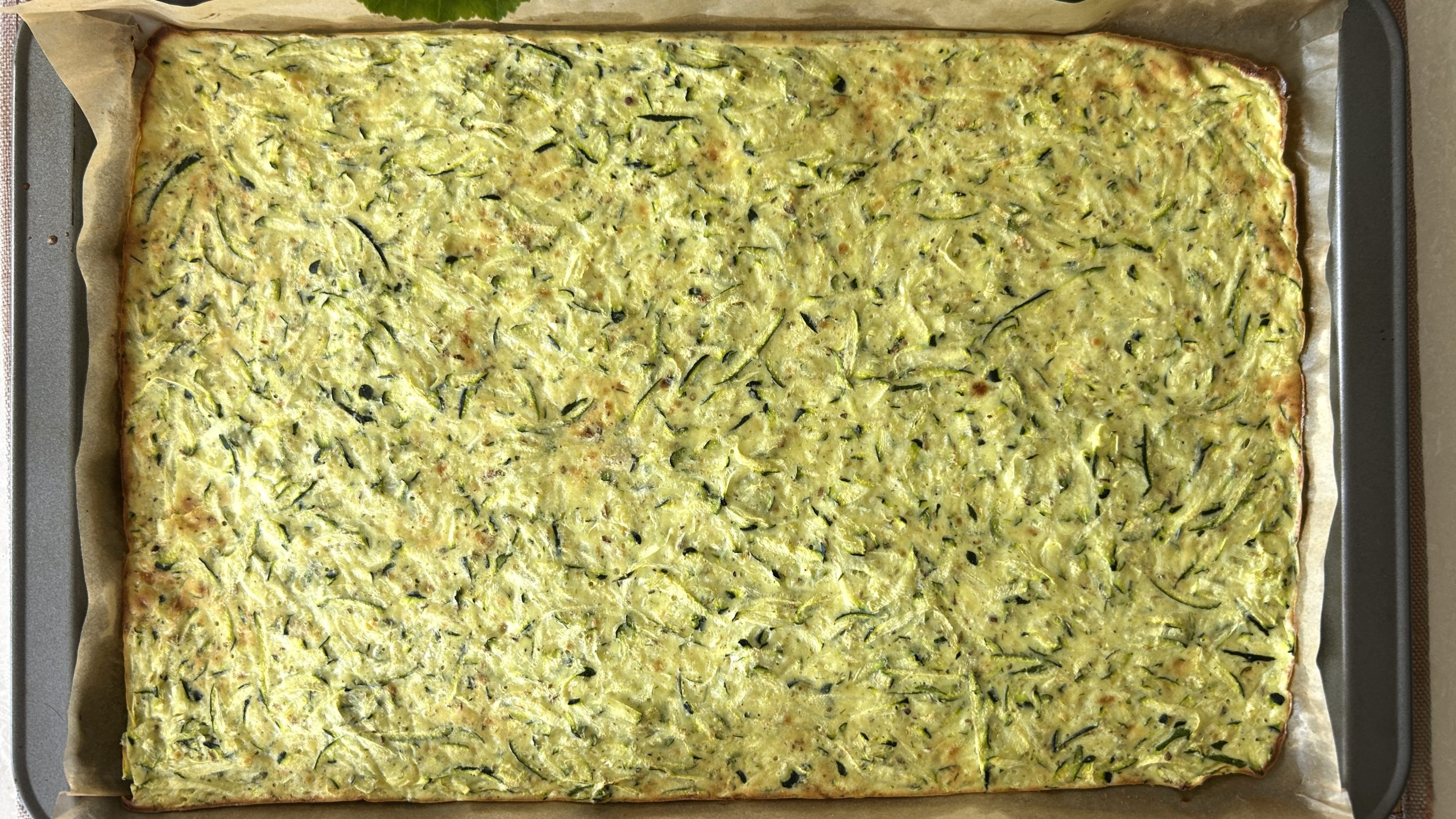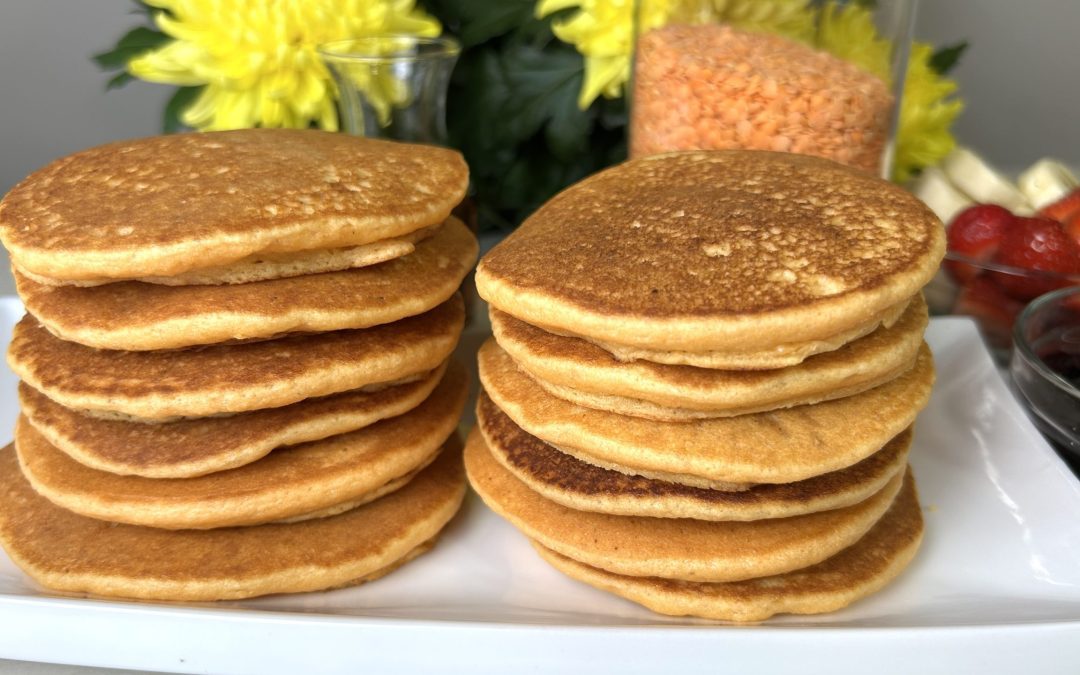
Red Lentil Pancakes
Red Lentil Pancakes

Who doesn’t love pancakes? They’re a breakfast classic that has been a family favorite for generations. Fluffy, golden, and slightly sweet, pancakes have that magical way of making mornings feel special. But here’s the thing: traditional pancakes are usually made with refined white flour, which is basically empty calories with little to no nutritional value. Sure, they taste great, but what if we could keep the same beloved taste and texture while making them so much healthier for the entire family? Good news – it’s absolutely possible, and I’m about to show you how!

These Red Lentil Pancakes are the ultimate healthy twist on a timeless classic. Instead of using processed flour, we’re swapping it out for red lentils, a wholesome, nutrient-packed ingredient that most people would never guess could make such perfect pancakes. Honestly, no one will notice the difference! They’re just as soft, fluffy, and delicious as the original version, but with the added bonus of plant-based protein, iron, and fiber to keep you energized and satisfied for longer.
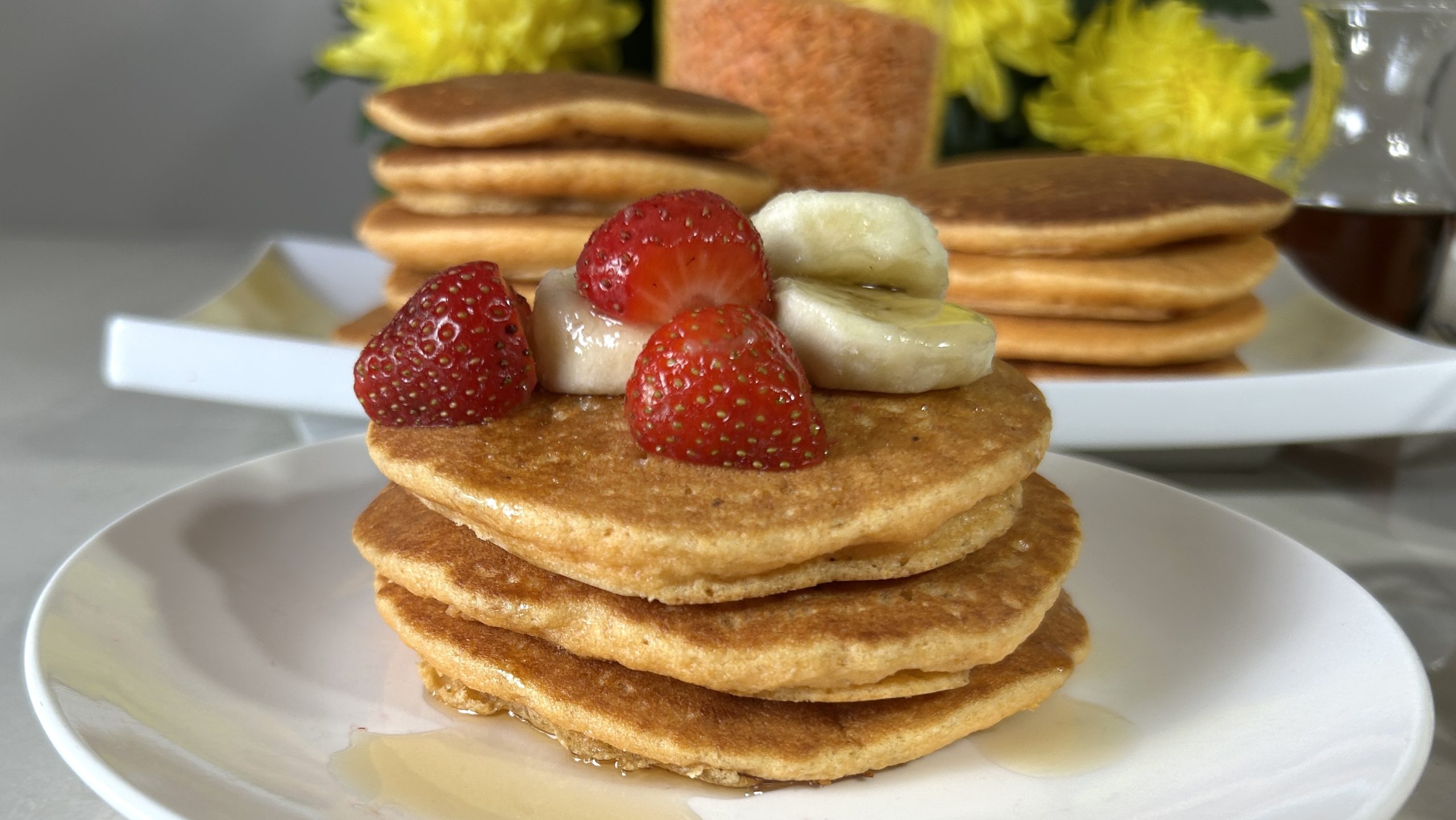
Why is this swap so important? Because the foods we love don’t have to compromise our health. Kids, adults, everyone can enjoy these pancakes without missing out on flavor. Red lentils aren’t just good for you; they’re a nutritional powerhouse. They provide protein for strong muscles, iron for better energy and oxygen flow, and fiber for digestion and blood sugar balance. Plus, they’re naturally gluten-free and low on the glycemic index, making them perfect for stable energy all morning long.
So, whether you’re feeding your kids before school, grabbing a quick breakfast before work, or planning a cozy weekend brunch, these pancakes are a game-changer. All the comfort of classic pancakes, none of the guilt, and a whole lot more nutrition. Let’s make pancakes the way they should be: wholesome, satisfying, and absolutely delicious!
Ingredients (Yields 12 Pancakes)
- 1 cup (180 g) raw red lentils
- 2 eggs (yolks and whites used separately)
- 3 tbsp avocado oil (or your oil of choice)
- 3 tbsp maple syrup (or sweetener of choice)
- 2 tbsp sour cream (or plain or Greek yogurt)
- 1 tsp baking powder
- 1 tsp vanilla extract
- A pinch of salt
Directions
- Rinse the red lentils well, then soak them for at least 4 hours or preferably overnight in the fridge. After soaking, drain any excess water.
- Combine soaked lentils, egg yolks, avocado oil, maple syrup, and sour cream in a bowl. Blend with a hand blender or food processor until smooth and creamy.
- In a separate bowl, whisk egg whites with a pinch of salt until stiff peaks form.
- Add baking powder and vanilla extract to the lentil mixture and mix gently to incorporate.
- Gradually fold the whipped egg whites into the batter, being careful not to deflate them. The goal is a light, smooth batter.
- Preheat a nonstick pan over low-medium heat and lightly brush with oil. Pour about ¼ cup of batter for each pancake. Cook for 2 minutes or until the edges start to dry.
- Flip and cook the other side for another 2 minutes or until golden brown.
- Repeat until all the batter is used.
- Serve warm with your favorite toppings and enjoy a healthy, delicious breakfast!
Prep & Cooking Info
Soaking Time: Overnight (or minimum 4 hours)
Prep Time: 20 minutes
Cooking Time: 1 hour
Total Time: ~1 hour 20 minutes
Yield: 12 pancakes
Dietary Info: Gluten-free, high in protein, low-glycemic
Nutritional Information (Per 1 Pancake)
Energy: 112 calories
Protein: 4.71 g
Fat: 4.83 g
Carbohydrates: 13.26 g
Fiber: 1.6 g
Iron: 1.3 mg
Storage & Recommendations
-
Store in an airtight container in the fridge for up to 5 days
-
For longer storage, freeze cooked pancakes with parchment paper between layers for up to 3 months
-
Enjoy with nut butter, fresh berries, or Greek yogurt for extra protein and nutrients



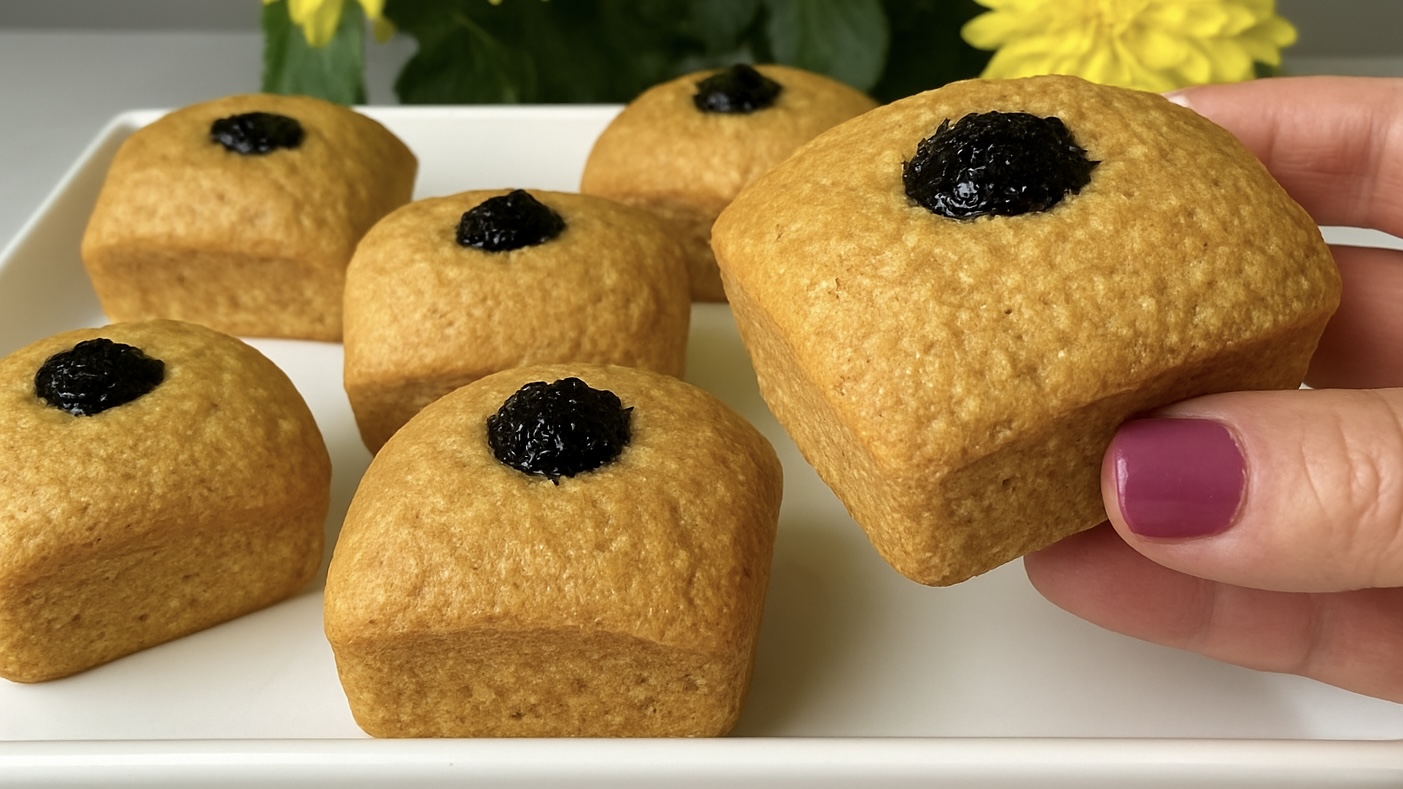
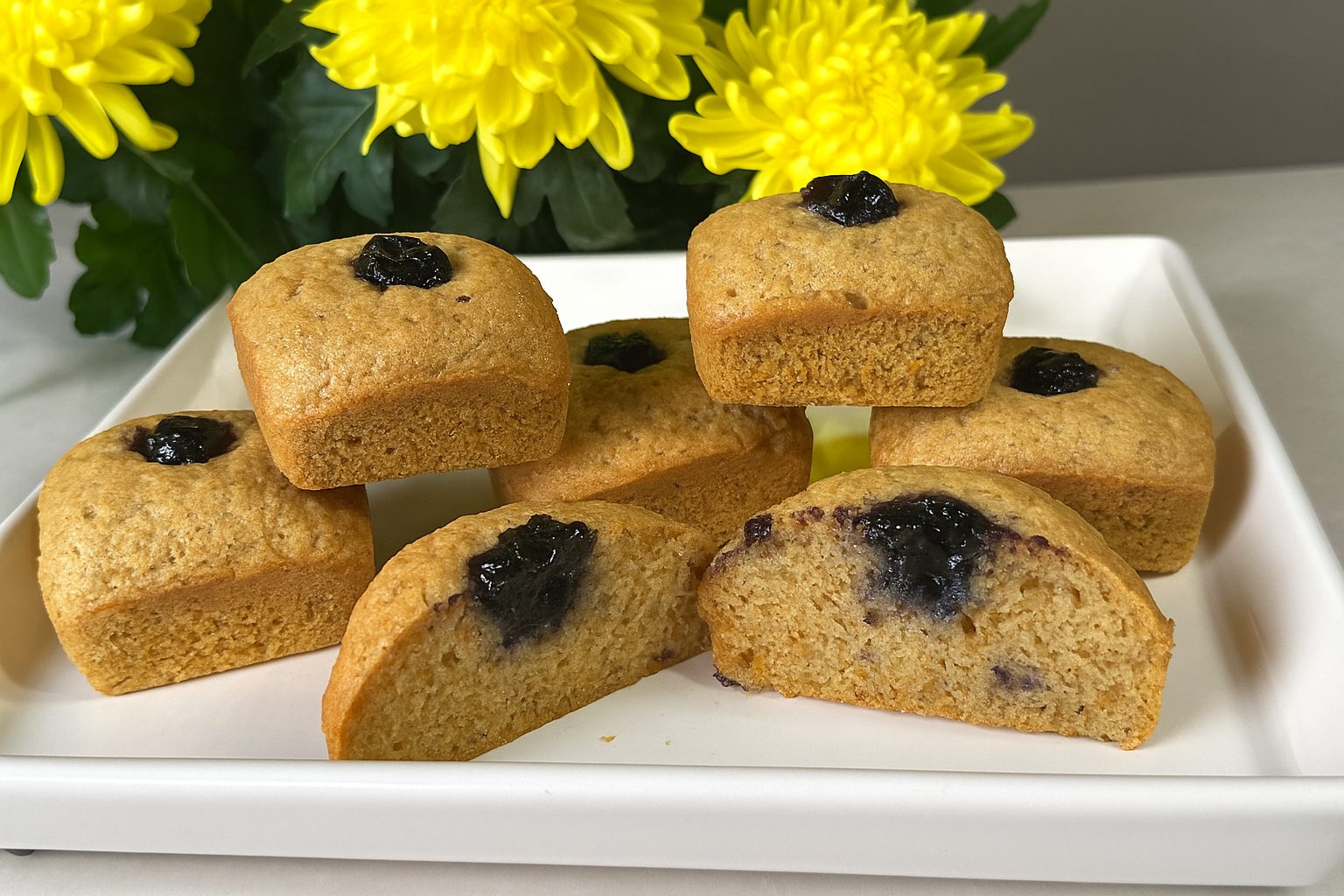
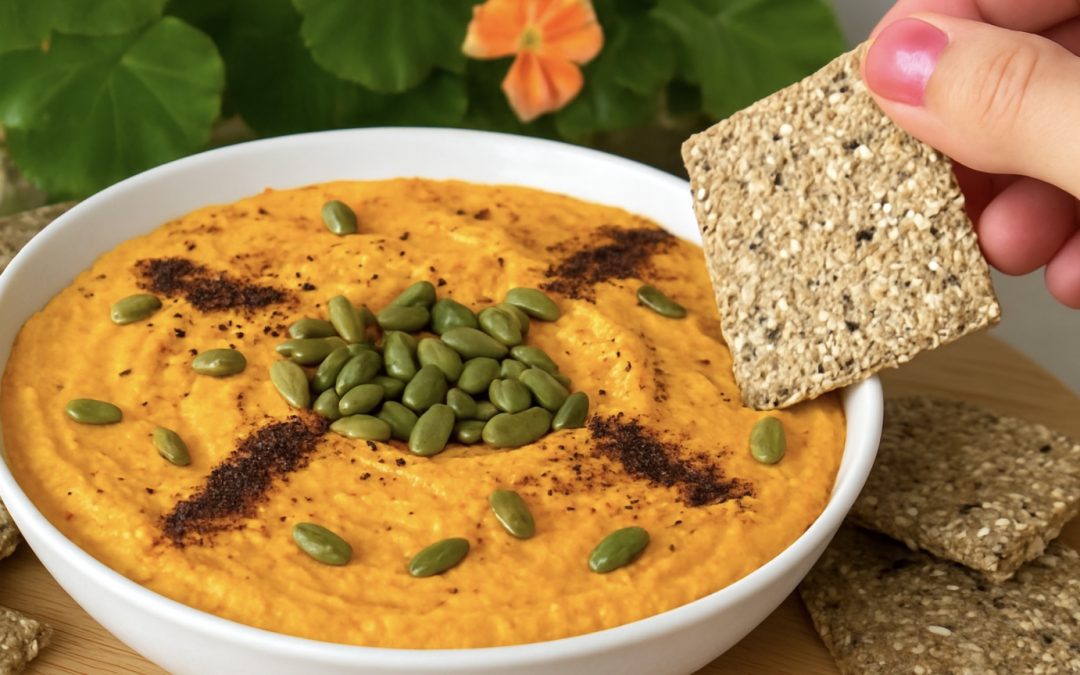

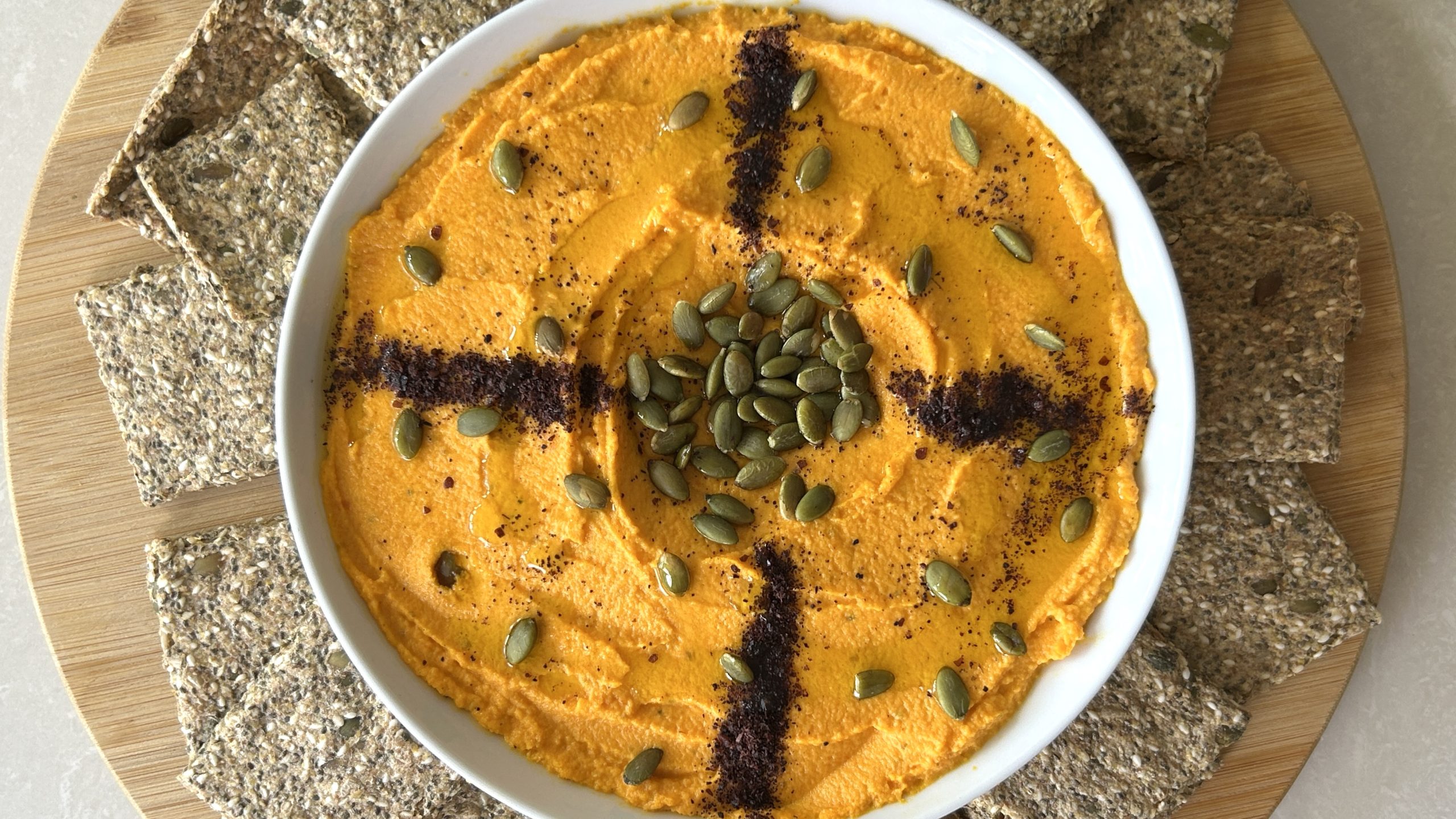

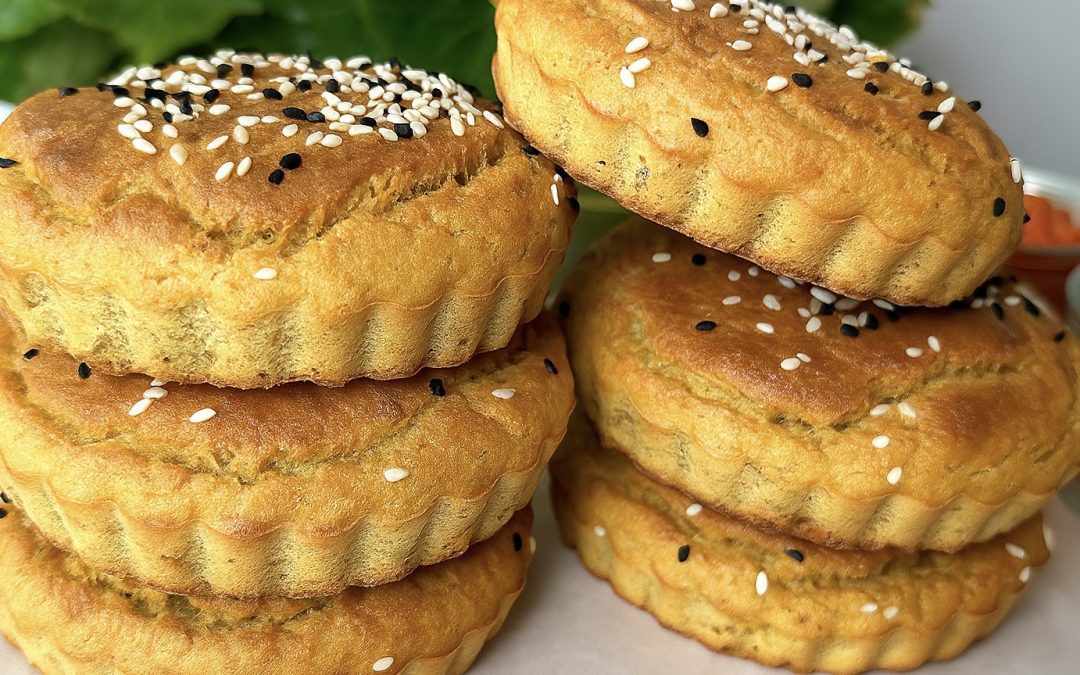

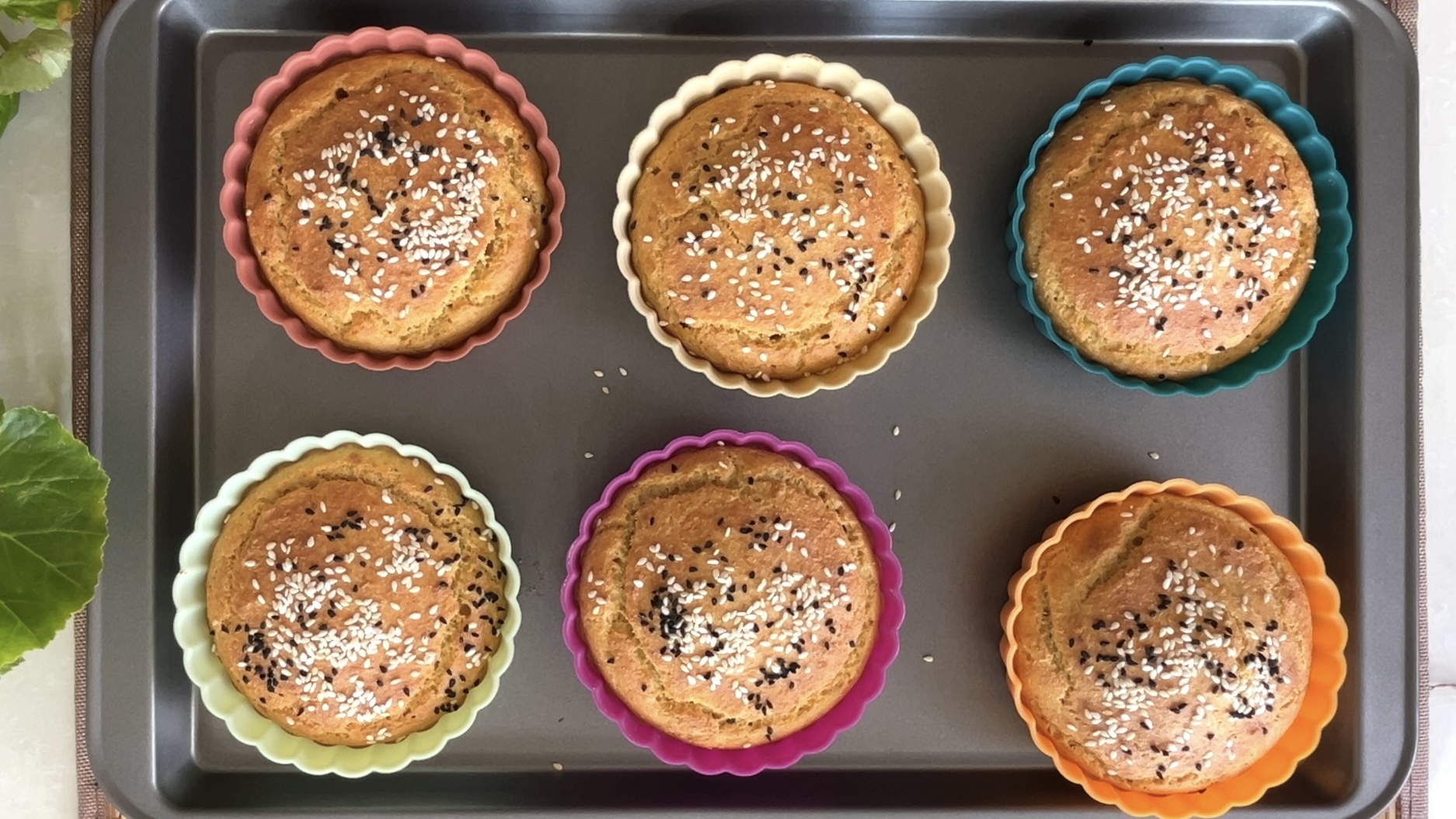 Let’s talk about the primary ingredient, chickpeas. They’re naturally gluten-free and packed with plant-based protein, fiber, folate, iron, and magnesium. That means they’re not just here for taste; they’re here to help keep your energy steady, support muscle repair, improve digestion, and contribute to heart health. On top of that, chickpeas have a low glycemic index, so you don’t get that dreaded post-bread crash, just slow, steady energy. They’re also one of the most versatile legumes out there, which makes them a perfect pantry staple if you want to swap out refined carbs for something more nutrient-dense.
Let’s talk about the primary ingredient, chickpeas. They’re naturally gluten-free and packed with plant-based protein, fiber, folate, iron, and magnesium. That means they’re not just here for taste; they’re here to help keep your energy steady, support muscle repair, improve digestion, and contribute to heart health. On top of that, chickpeas have a low glycemic index, so you don’t get that dreaded post-bread crash, just slow, steady energy. They’re also one of the most versatile legumes out there, which makes them a perfect pantry staple if you want to swap out refined carbs for something more nutrient-dense.